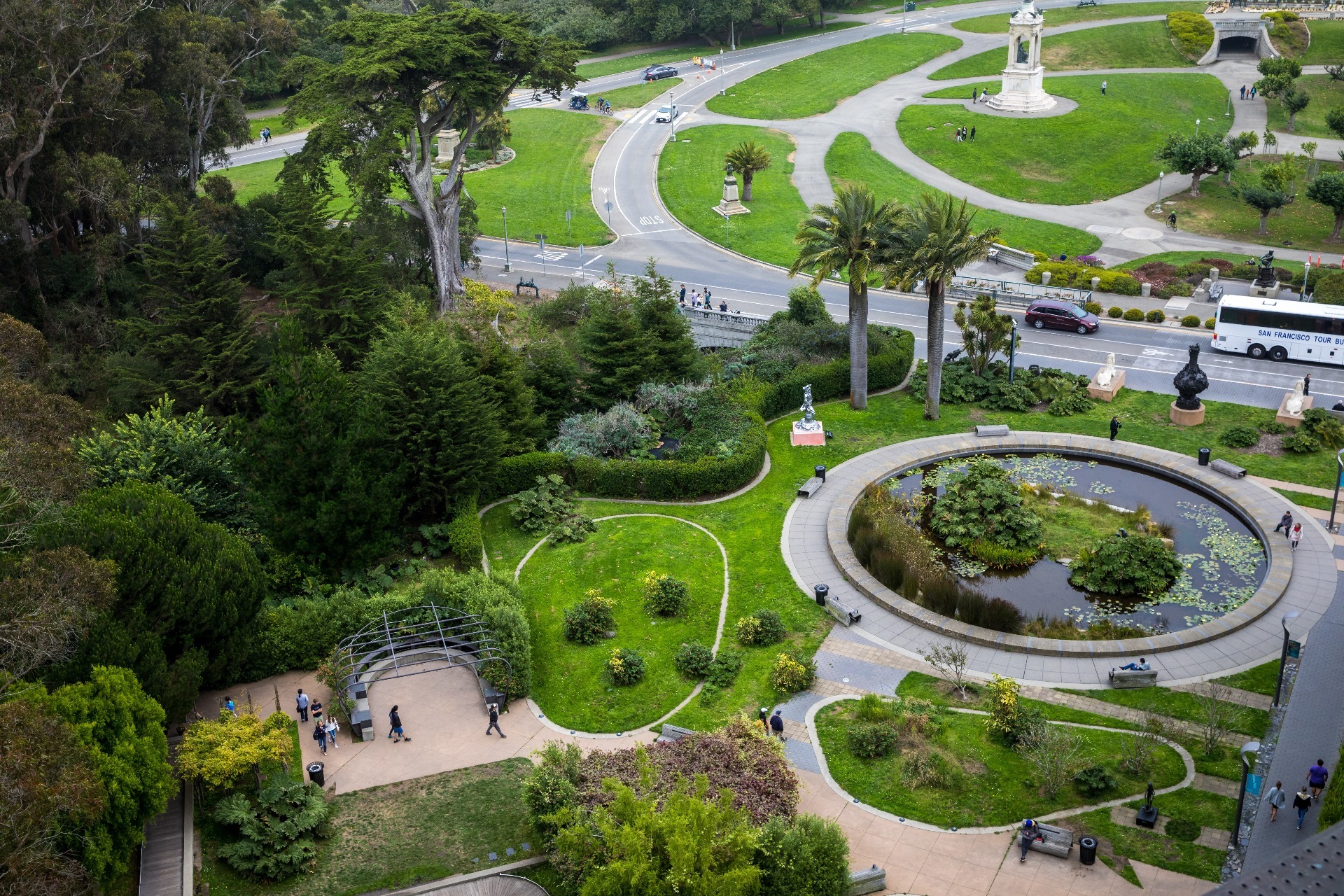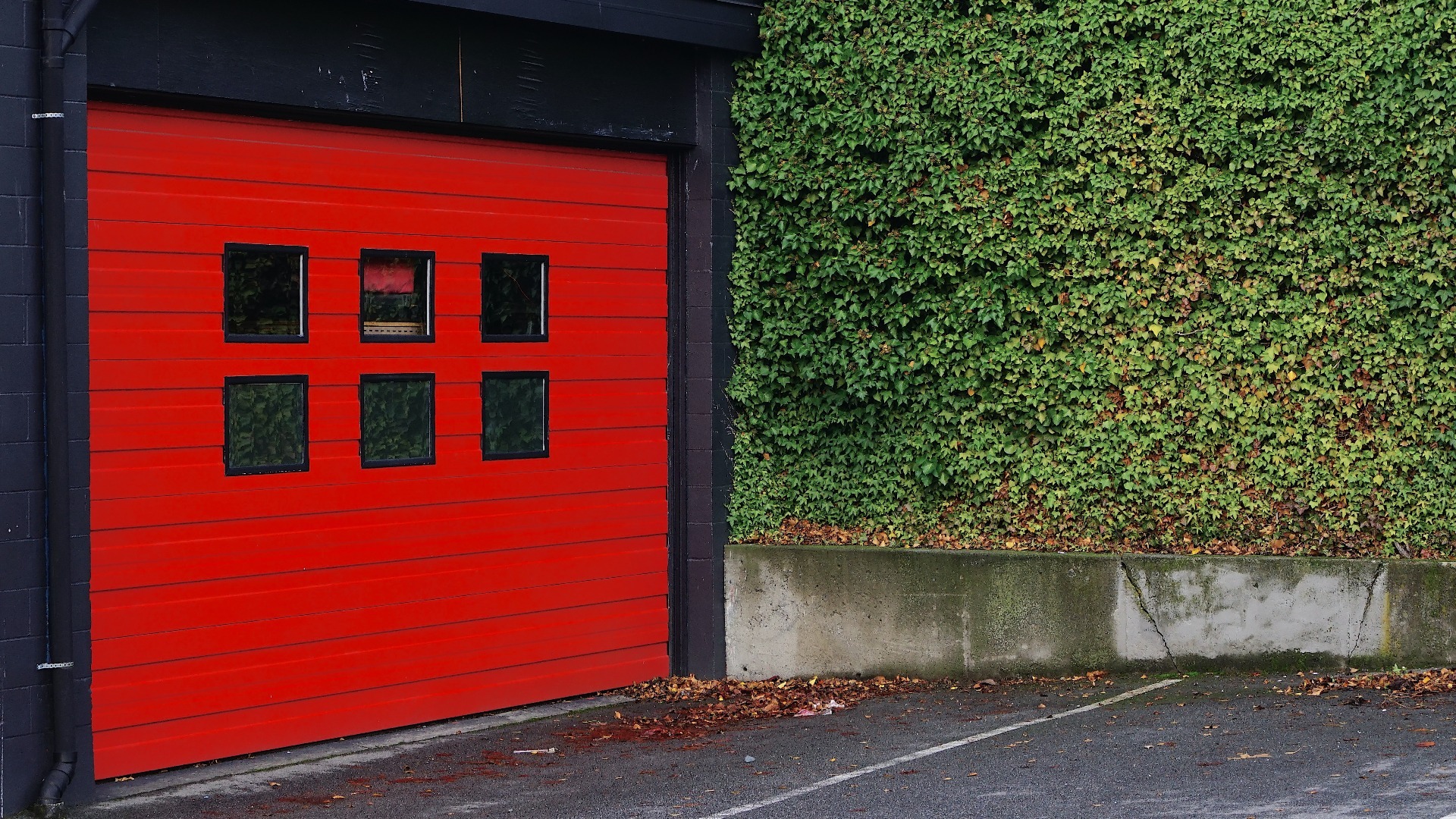The Importance of Landscaping Products in Urban Development
Smart choices that keep on growing
The use of tree root protection is more often found in communal areas or urban spaces like car parks and pavements and can sometimes be forgotten when in the planning phase of a project. The reality is that protecting and monitoring the growth of trees is an essential step in any urban development to help with upkeep and longevity of the build.
We offer various types of products that work great on their own, but can be even more effective when used together. Our Terravault is a modular cellular confinement crate system that provides protection for the roots of trees from both pedestrian and vehicular traffic, while our Geotextile Membranes are idea for separation, reinforcement, drainage and soil stabilisation applications.
Due to their adaptability these products provide solutions to unique problems, such as controlling root zones and supporting pavements beside roads while allowing free root growth.
Because of their benefits, use of Root Protection is starting to expand in the domestic markets as well as in commercial builds. We’ve summarised all you need to know in this article so keep on reading to find out more!

About upkeeping urban areas (and why you should start to do so)
The benefits of green belt spaces are well documented, however there are additional reasons for the increase of trees in urban spaces. While it is true that they provide a pleasant aesthetic to an environment, they also help in cleaning the air, controlling extreme temperatures, increase property value and adding sustainability to cities and public areas.
With half of urban trees not reaching a decade of longevity, tree root protection helps their growth in an environment that can naturally be hostile to trees. Soil compaction, underground utility cabling, as well as the mix of rock and soil that traditionally supports pavements can add significant stress and constantly fight with root growth.
We proudly stock Rainsmart Terravault systems as an innovative solution to these issues. It replaces the rock (80% of the total volume) and the engineered modules provide the structural strength for pavement loads whilst providing free un-compacted root zone for trees, which generally promotes quality root structure that allows trees to grow in a much healthier environment.
This system will naturally help the longevity of trees; the void should be filled with nutrient-rich soil to act as a slow-release fertiliser continually feeding the root structure (which is customisable when used with a combination of open and closed plates meaning it can be used to channel the roots and allow them to grow in the direction you desire, blocking off areas where you don’t want roots to encroach such as buildings or roads).
Not installing protection systems can result in the surface becoming over compact and rutted resulting in not enough oxygen and nutrients getting to the roots – which could ultimately kill the tree).
Becoming an expert: understand how to match products for increased protection
Once you understand how tree root protection works within an urban space, it is straightforward to maintain it. To keep on top of tree maintenance, the process can loosely be divided into these areas:
- PHASE 1 - ESTABLISHMENT, WATERING, WEEDING
The first three years of planting are the most important for tree longevity. Tree maintenance should take special care that watering reaches deeply, and is equally phased out over the time frame to encourage the tree to create its own root systems (please note that if planted under pavement irrigation and aeration are equally important). Controlling weeds might seem unimportant but it is surprisingly important to keep a weed and grass free area around trees as they will steal valuable nutrients during this key phase. Please note that it is incredibly important to keep up a regular inspection that measures the trees’ stability and loosens tree ties, as well as checking for stress, damage and early signs of disease.
- PHASE 2 - SEMI-MATURITY
After 3 years the tree maintenance required significantly lessens, and mainly focuses on crown raising (if required). It is unnecessary, but still beneficial if an arborist could be tasked with regular inspections. - PHASE 3 - MATURITY
This will be dependent on the type of tree and urban regulation, but like Phase 2, should be minimal if it was carefully looked after during the initial phase.
Additional related products like geotextiles and soakaways, can also help with controlling water filtration, flow and irrigation which should help with the lifespan of the trees.

A note to DIYers
For those who are looking into DIYing, be aware that initial investment in root protection and ongoing maintenance is something that will ultimately lead to greater cost effectiveness and ease once established. If embarking on a project, please be aware of the following:
- ACKNOWLEDGE AND PLAN MAINTENANCE REQUIREMENTS
For trees in their growth stage, poor or no maintenance can cause irreparable damage to their development. - BE AWARE OF ALL ISSUES
A lot of problems can be resolved quickly without specialist help. Is there an excess of sediment accumulation, rubbish or rotting and overgrown vegetation? Is there any additional growth, standing water after storms, or the beginnings of structural damage in the nearby area/ pavement? - UPDATES OF PROCEDURES
Are you up to date with your local regulations, and are you tracking any changes that are announced and keeping your urban space up to standard?
A look towards the future
The popularity of sustainable solutions has led to an increase of tree root protection applications. The fact is that trees suffer a lot of damage, from abrasion of bark, to poor pruning, wrong installation of impermeable sources, damage from vehicle stress and excavation and the changes of soil levels, which can result in root death.
This is an issue that will undoubtedly become more regulated in future; environmental organisations are pushing for bigger root protection areas that will undoubtedly affect construction and development projects in future.
As such, professional guidance is available for developers online, but it is recommended that anyone submitting planning applications that affect trees double check it with a professional to help avoid delays with approval.
- With the benefits garnered from root protection, there is an opportunity for domestic users to optimise their gardens and back yard spaces (particularly if it is paved/ with concrete).



